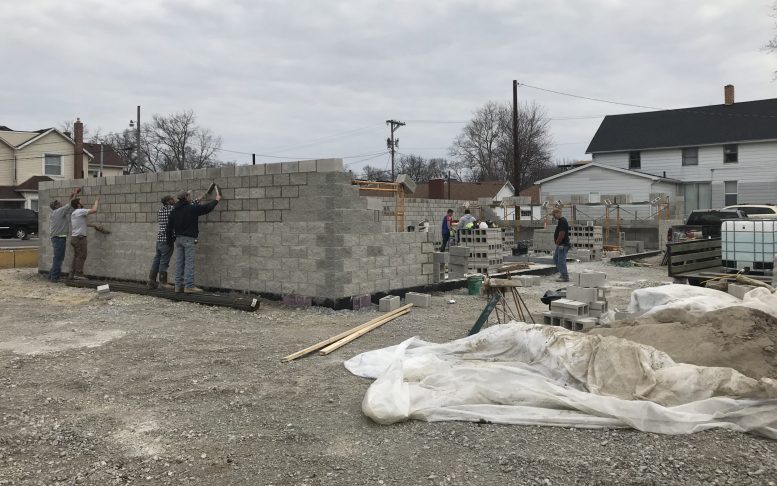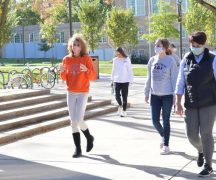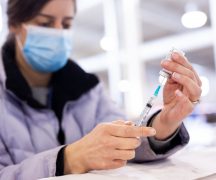Ohio Gov. Mike DeWine called it a “great Ohio day” Thursday as he announced plans to reopen bars, restaurants, beauty salons and barber shops in the coming weeks. This comes after factories and other businesses have already opened and retail stores are set to open on Tuesday.
But statewide and nationally, infections and deaths from coronavirus continue to rise, the ability to test for the disease remains woefully inadequate and masks and other personal protective equipment remain in short supply.
Meanwhile, Ohio prisons are among the most intense coronavirus hot spots in the country, and deaths from disease in the state’s nursing homes are rising sharply.
Despite his optimistic talk, DeWine was pretty blunt about the grim calculus behind his decision to ease restrictions in response to the pandemic: Assume greater risk to the public health, or catastrophically damage the state economy.
“As we open up the economy, let me just state the obvious and not shy away from it,” DeWine said during his Thursday press conference. “The risk is up. The more contacts we have, the more people do, the more risk there is.”
As he discussed the increased risk, the governor was clear that allowing people to go out and shop and dine and drink and get haircuts would increase the incidence of COVID-19.
He did so by speaking in terms of the “R-naught” statistic: the number of people a coronavirus-positive person infects. That number in Ohio currently is one and DeWine said with the new opening measures, it will rise.
Nor did he dispute the inevitable implication — the reopening means more Ohioans will die.
“This is a gamble,” DeWine said, later adding, “This has raised the danger significantly.”
But the governor said those considerations have to be balanced against the deep economic damage restrictions from the shutdown have been doing to Ohio businesses and their employees.
“I don’t think many people think we can keep this economy shut down for a year or more,” he said. “The social consequences and health consequences would be astronomical.”
DeWine stressed that it’s important for Ohioans not to see the reopening announcements that the state is “ringing a bell” giving the all-clear from proper social distancing measures. If that happens, he said, “then we’ll be in big trouble.”
The governor was, in essence, leaving it up to individual Ohioans to guard against further spread of a disease that disproportionately affects the old, the sick, the poor and minorities.
“The things we can control as individuals are really going to control how we do,” he said. “We can wear a mask. We can observe the six-foot distance.”
Compliance with many of those measures, however, is likely to be spotty. Only a day earlier, DeWine’s fellow Republicans in the Ohio House of Representatives declined to wear masks as they gathered in the Statehouse and voted to limit DeWine’s power to impose closure orders like the ones the governor now is easing.
DeWine also did little Thursday to reassure low-income service workers who are older or who might have compromised health.
They’re now faced with the choosing between staying at home and losing their unemployment insurance or risking their health by returning to work. In fact, the Ohio Department of Jobs and Family Services has posted a form on its website titled “Report COVID-19 Quits or Work Refusals when Work is Available.”
Asked if he’d come up with a system to allow older or health-compromised workers to keep their unemployment benefits when their jobs reopen in the middle of the pandemic, DeWine said he’d leave that up to their bosses.
“If someone is health compromised, that’s certainly something we hope would be worked out between the employer and the employee,” he said.





